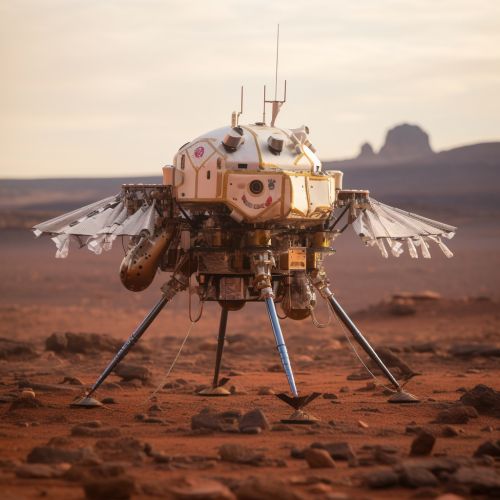Carl Straat
Early Life and Education
Carl Straat was born in the mid-20th century in a small town in the United States. He developed an interest in physics and mathematics at an early age, which led him to pursue a Bachelor's degree in Physics from the MIT. He later obtained his Ph.D. in astrophysics from the same institution.


Career
After completing his education, Straat began his career as a research scientist at the NASA. His work primarily focused on the study of exoplanets and their potential for supporting life. He made significant contributions to the field of astrobiology, particularly in the development of instruments used in the search for extraterrestrial life.
Contributions to Astrobiology
Straat's most notable contribution to astrobiology is his work on the Viking Mars missions. He was instrumental in the design and operation of the Labeled Release (LR) experiment, which aimed to detect microbial life on Mars. The LR experiment was one of the most controversial experiments in the history of Mars exploration due to its ambiguous results.


Controversy and Legacy
The results of the LR experiment sparked a debate in the scientific community that continues to this day. While Straat and his colleagues argued that the experiment had found evidence of microbial life on Mars, many scientists disagreed, interpreting the data as evidence of non-biological chemical reactions.
Despite the controversy, Straat's work on the Viking missions has had a lasting impact on the field of astrobiology. His contributions to the development of life-detection instruments have informed the design of subsequent Mars missions and continue to shape our understanding of the potential for life on other planets.
